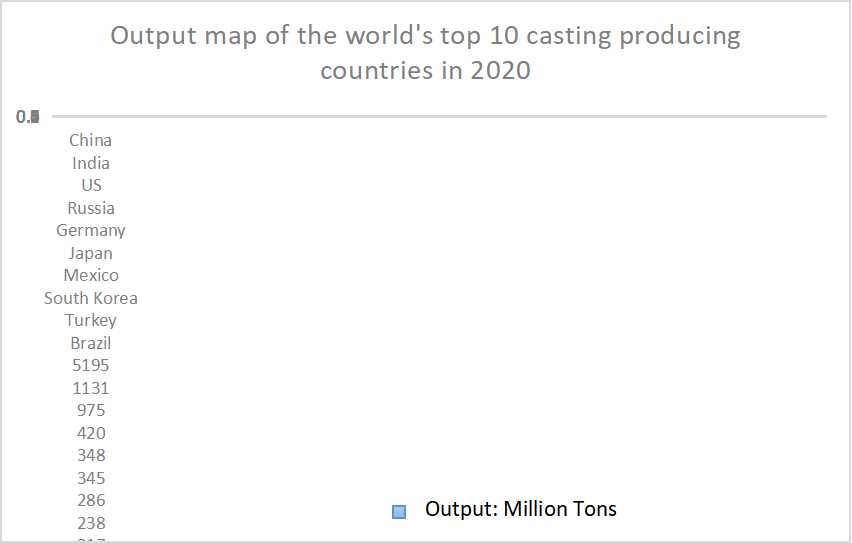Is Sand Casting Expensive?
Sand casting, one of the oldest manufacturing processes known to humankind, involves creating metal parts by pouring molten metal into a mold made of sand. While this technique has been widely adopted and remains popular across various industries, questions frequently arise regarding its expense. Determining the cost-effectiveness of sand casting requires an analysis of various factors, including material costs, labor, production volume, and setup expenses.
Material Costs
The primary materials used in sand casting are the metal that is to be cast and the sand itself. The type of metal significantly influences the cost. Common metals like aluminum, iron, and bronze vary in price, with more exotic materials driving expenses upward. Although sand is relatively inexpensive, the quality of the sand and any additives employed to enhance mold properties (like binding agents) can add to costs. Additionally, the choice of metal impacts the overall price, making it an essential consideration when evaluating sand casting expenses.
Labor Costs
Labor costs also play a crucial role in the overall expense of sand casting. The process typically requires skilled workers to prepare the sand molds, manage the molten metal, and ensure adequate quality control. This skilled labor can incur higher wages compared to less specialized workers. Moreover, as the complexity of the design increases, so does the need for precise craftsmanship, further escalating the labor costs associated with the process.
Setup and Tooling Expenses
Setting up a sand casting operation can be costly, especially for first-time users. The molds used in sand casting often require an initial investment in tooling, which includes pattern-making costs. Patterns are reusable models that are critical to shaping the mold accurately. Depending on the complexity of the desired design, the cost of creating these patterns can become significant.
is sand casting expensive

Nevertheless, if a customer wants to produce a high volume of parts, the initial setup costs can be amortized over many units, significantly reducing the average cost per unit. In cases where only a small number of castings are needed, the upfront costs can make sand casting an impractical choice compared to alternative manufacturing methods.
Production Volume
Another critical factor determining whether sand casting is expensive is production volume. For low to medium volume production runs, the per-unit costs may be higher than other methods like injection molding or CNC machining. However, as production increases, sand casting becomes more cost-effective due to reduced relative setup costs. This is particularly advantageous for industries that require large quantities of specific components.
Advantages of Sand Casting
Despite the potentially high costs, sand casting offers several advantages that can mitigate financial concerns. The process is highly versatile and can produce complex shapes that would be difficult or impossible to achieve with other methods. Additionally, sand casting tolerates a wide range of metal types, making it adaptable to various industry needs. The choice to produce large, heavy components as well as intricate parts further enhances its appeal.
Sand casting is also suitable for prototyping. Companies can create a few initial castings at a reasonable cost to test designs before committing to larger production runs. This flexibility in prototyping can lead to savings in time and cost down the line.
Conclusion
In conclusion, whether sand casting is considered expensive depends on several contributing factors, including material costs, labor and tooling expenses, and production volume. While it may not always be the cheapest option available, its benefits often justify the investment, particularly for high-volume runs and intricate designs. Industries looking for versatile and robust manufacturing solutions may find that sand casting offers both the quality and efficiency they need to meet their production goals. As technology advances, the sand casting process is also evolving, which may further influence its cost-effectiveness in the future. Ultimately, each organization must carefully assess its specific needs and circumstances to determine if sand casting aligns with its budgetary constraints and production requirements.
Post time:Tach . 12, 2024 12:13
Next:types of sand in foundry
